Introduction
Solar photovoltaic (PV) energy and storage technologies are the ultimate, powerful combination for the goal of independent, self-serving power production and consumption throughout days, nights and bad weather.
In our series about solar energy storage technologies we will explore the various technologies available to store (and later use) solar PV-generated electricity. A clear focus of this series will be the various solar battery technologies available and their future role in solar PV energy storage. In this first part, we will look at the current situation of energy storage and have an overview about different main technologies.
Background
The idea of sun-based electricity generation and storing the produced power and creation of such – solar PV off-grid – systems stimulated minds and dreams in the early days of the solar industry, when many targeted at fossil fuel-free, “endless” power generation.
Yet, even though originally the main driving force in the commercialization of solar photovoltaic-powered electricity generation, due to the high cost-hurdles set by the available storage technologies back then, the young solar industry’s focus on off-grid systems shifted within few years towards the current mainstream direction of on-grid systems when governments implemented new policies that paved the way for mass market solar with the introduction of feed-in-tariffs (FITs).
Even though on-grid solar PV system have clearly dominated the global PV market in the past 15 years, leaving off-grid systems with only a tiny 1% overall market share, cost reductions, progress in storage technology research, increasing market shifts towards off-grid regions and last but not least the wish of many consumers to achieve full self-production & self-consumption are heralding a renaissance of the ultimate dream of 100% independent, seemingly endless power generation.
Main Storage Technologies
Most people are not aware of the fact that except for traditional batteries, there are various electrochemical and mechanical technologies available that allow for the storage of energy for later usage, including solar PV energy.
We will introduce here and explain the basics of the 4 main energy storage technologies:
1. Batteries
For years seen as the expensive bottleneck hampering the spread and mass market elevation of off-grid solar systems and even though still having only a tiny share in the overall energy storage capacity installed worldwide, batteries are bound to mark the comeback and mass marketization of off-grid PV systems.
So how do batteries work?
Batteries are devices that convert chemical energy to electric energy and basically all consist of two electrodes, a cathode and an anode made of conductive materials which are separated from each other by a separator.
Between the cathode and the anode is the electrolyte which is a chemical substance containing ions and these react with the conductive materials of the cathode and anode, thus creating an electric current.
The chemical redox (oxidation-reduction) reactions occurring in the electrodes trigger the flow of those ions between the two electrodes and the release of electrons from an electrode. The free electrons accumulate at one electrode, resulting in different charges which the electrons will naturally try to balance by flowing to the other electrode.
Yet the separator prevents them from moving, thus effectively interrupting the electric circuit. Once the circuit is completed (both the cathode and the anode are connected), the electrons can flow between the electrodes and thus the battery is effectively discharged.
Different types of batteries
There are various types of batteries, each with varying chemical properties, life cycles, operating temperatures, energy density and power density parameters. The main battery technologies are:
a) Lead-Acid (PbA)
b) Nickel-Metal Hydride (NiMH)
c) Nickel-Cadium (NiCd)
d) Lithium-Ion (Li-ion)
e) Sodium-Sulfur (NaS)
f) Zinc-Bromine
g) Carbon-Zinc
SINOVOLTAICS will explore with you the specialties, advantages and disadvantages of various available battery technologies in the upcoming parts of this series on solar energy storage technologies.
2. Pumped Hydro Energy Storage
Pumped hydro energy storage (PHES) is currently the major storage technology making up over 99% of the total storage capacity worldwide – equaling to around 140 Gigawatts (GW). The largest PHES systems are installed in the USA, China and Japan.
PHES systems use excess capacity of generated electricity to drive pumping systems that pump water from a reservoir at lower elevation (lower reservoir) up to another basin at higher elevation (upper reservoir).
Once demand for electricity surges, gates will open so that the water from the upper reservoir can flow through those gates and channels back to the lower reservoir. The channels are equipped with turbines which – driven by the water flow – will generate electricity.
Physically, PHES systems use the height difference between two reservoirs and are therefore also called gravitational energy storage systems.
Similar to the PHES systems are railcar storages systems which basically consist of heavy-weight railcars that are driven uphill using off-peak electricity and then – once demand rises – roll downhill with the turning power of the wheels producing electricity.
Nice video on how Pumped Hydro energy storage can be used in Europe. Water reservoirs in Norway are the ideal storage for intermittent wind energy:
3. Compressed Air Energy Storage (CAES)
Compressed air energy storage (CAES) systems store cost-efficient off-peak electricity via a compressor in the form of compressed air. The compressed air is pumped into a reservoir, in most cases kilometer-deep underground reservoirs, caverns or depleted wells.
Once needed during electricity peak demand times, the compressed air is released and flows through an expansion pressure turbine that is attached to a generator and then fed as electricity to the grid.
The expanded air must be heated in order to drive the turbines and thus generate electricity. Therefore, higher efficient CAES systems, called adiabatic systems, store the heat produced during the air compression process and use it during air expansion.
Diabatic systems do not store but dissipate a large portion of the heat produced at air compression to the atmosphere. As heat is needed for the expanding air to power the turbines, the recovery process of that stored energy requires extra heat input for example in the form of burners. Yet, these burners require fuel or additional power to work.
A third type of CAES systems are isothermal systems that during the compression and expansion of air attempt to maintain the required heat levels by constant heat exchanges to the environment. However, even though aiming at a perfect heat exchange maintenance, heat losses are unavoidable and thus reduce the operational efficiency of isothermal systems, making them unattractive for large-scale installations.
By 2014, CAES systems accounted for over 440MW of installed energy capacity worldwide.
4. Flywheel Energy Storage (FES)
Flywheel energy storage (FES) systems are in principle devices whose core is a rotor, also called: flywheel. The flywheel is accelerated to a high speed level and energy is stored and maintained as rotational energy. The addition or extraction of energy increases or reduces the speed of the flywheel.
In advanced FES systems, the flywheel is placed in a vacuum so as to reduce frictions, and can spin at very speeds with 5-digit rotations per minutes. Attached to these systems are motors and generators to add and extract electricity.
On a global scale, over 25MW of FES systems as grid-connected electricity storage had been installed by 2014.
Apart from the above four storage technologies, there are many more that can be combined with solar PV systems to store excess capacity electricity, such as thermal energy storage (TES) systems, ultra batteries and supercapacitators, to name a few.

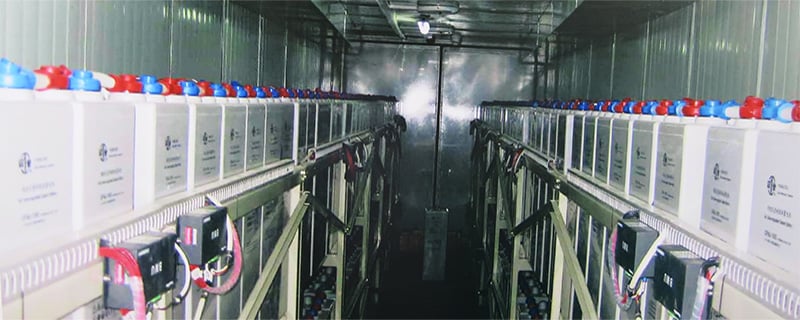

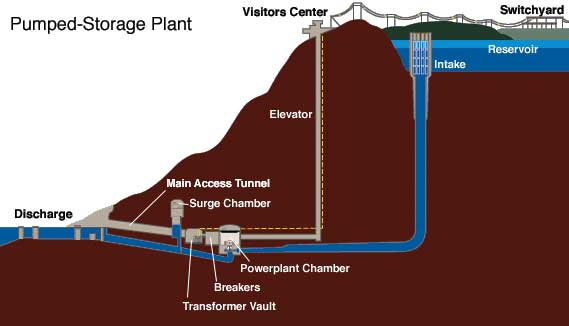

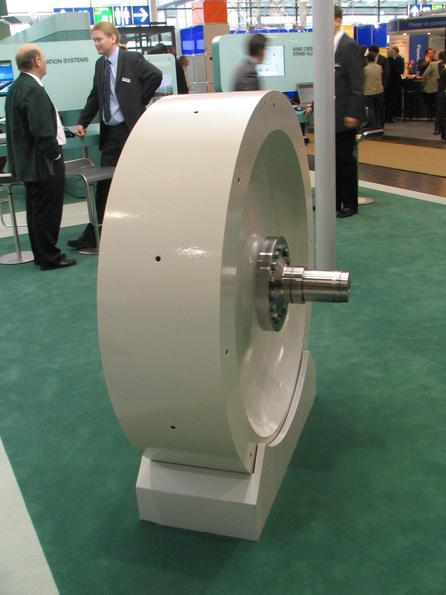
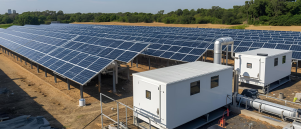
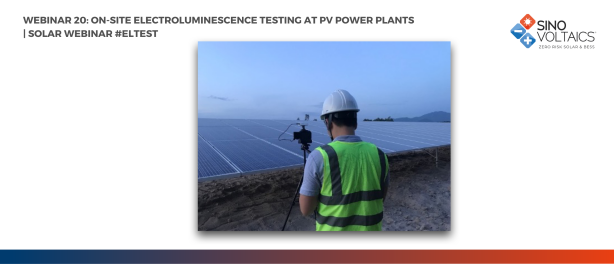


peter colpaert
on 30 Jun 2015Niclas
on 02 Jul 2015Zafir
on 17 Jun 2015